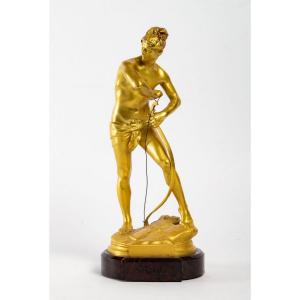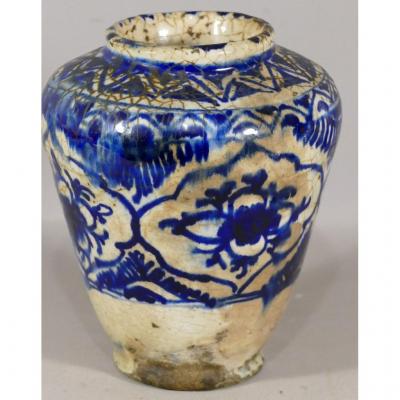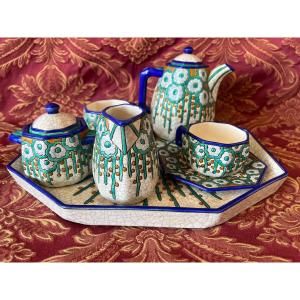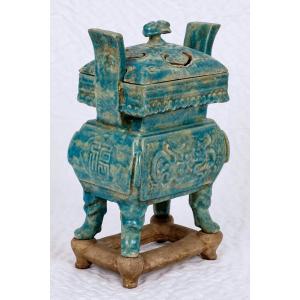Very fine work from the Qing Dynasty, in the Ming style, with its shape directly inspired by archaic Shang vessels, quadripod, it has 2 curved handles and its lid is openwork with lingzhi trees and topped by a mushroom-shaped frétel.
Period: 19th century
Dimensions : Height : 30cm x Length : 17cm x Width : 12cm
Base dimensions: Length: 17cm s Width: 11cm x Depth: 2cm
Fragrance plays an important role in Chinese culture, and is present in almost every moment of daily life. In the many rituals that organize Chinese society (Taoist, Buddhist or Confucian), the Chinese use resins and scented woods to delimit a sacred space or time.
The very presence of the incense burner is enough to signal or define a sacred place.
In everyday life, the body has long been cared for through the use of odoriferous products and perfumes, as evidenced by books of medical recipes (fangshu), those devoted to perfumes and even certain collections of poetry (see the treatise Materia medica - or Ben Cao Gang Mu - the most complete and detailed medical treatise ever written in the history of traditional Chinese medicine.
It was written by Li Shi-zhen (1518-1593), a Ming dynasty medical expert).
For many centuries, perfumes were reserved for the elite. The average peasant often had to make do with the scent of flowers to escape from the smell of sewage and the other odors that perfumed towns and villages in those days.
For the well-to-do Chinese (and more often than not for the social category known as the literati), aromatic substances were part of daily life.
The daily life of these aesthetes required the use of numerous refined objects - such as the perfume burner - which testified to the owner's rank, or enabled them to exercise their profession - such as the inkwell.

























 Le Magazine de PROANTIC
Le Magazine de PROANTIC TRÉSORS Magazine
TRÉSORS Magazine Rivista Artiquariato
Rivista Artiquariato
